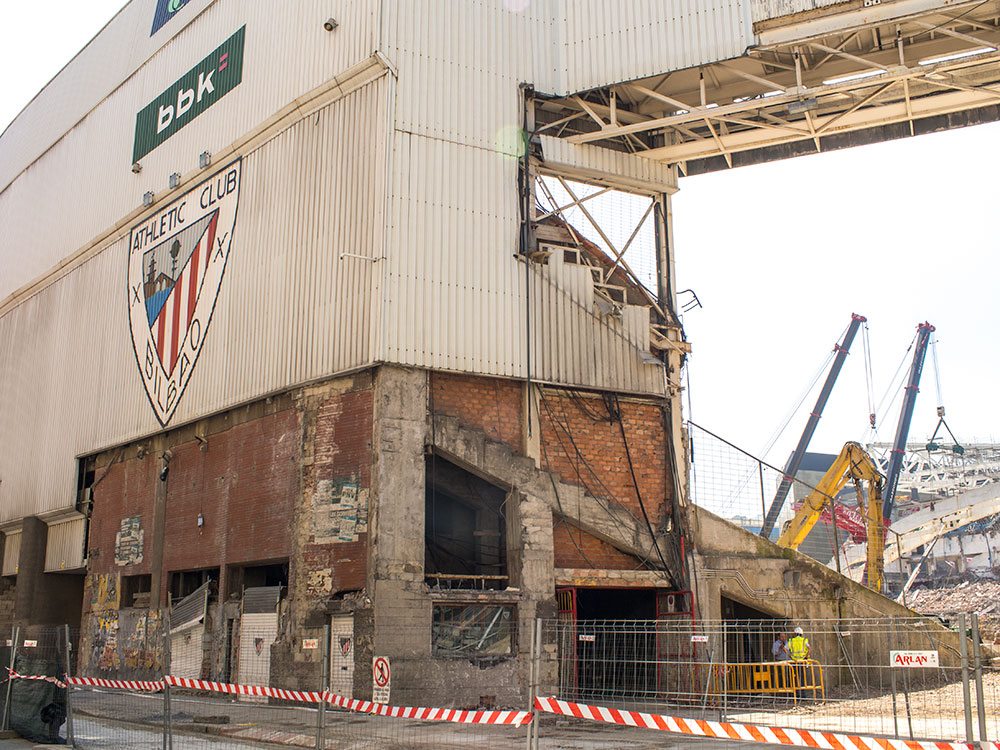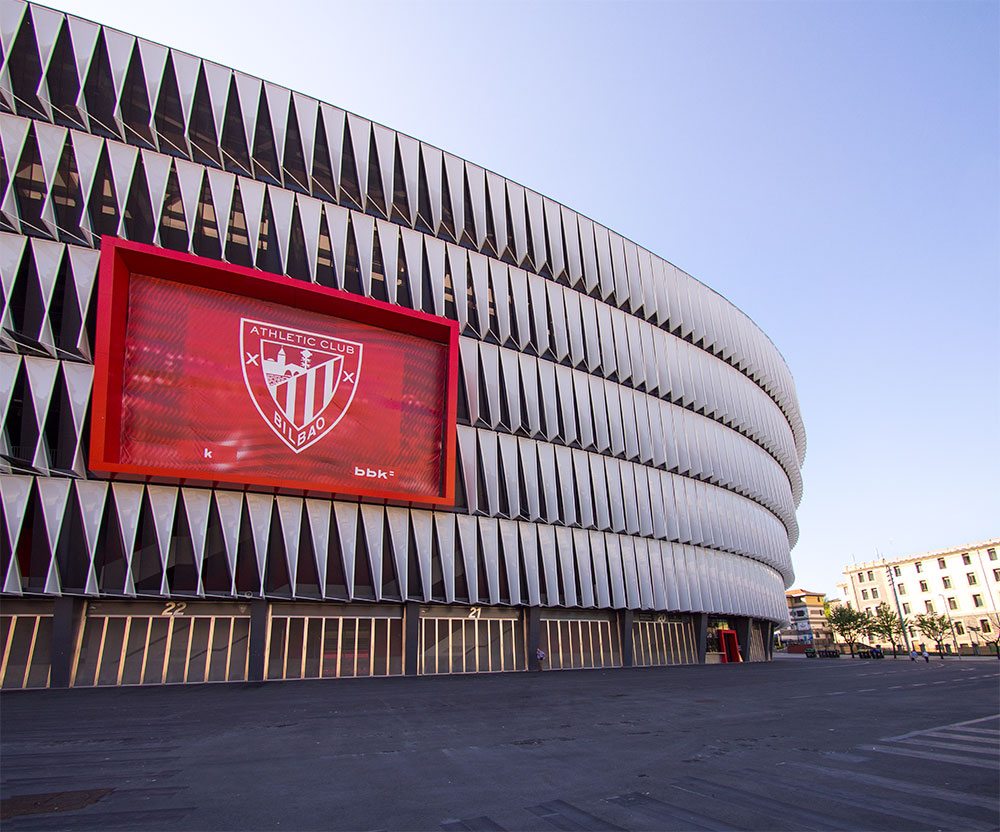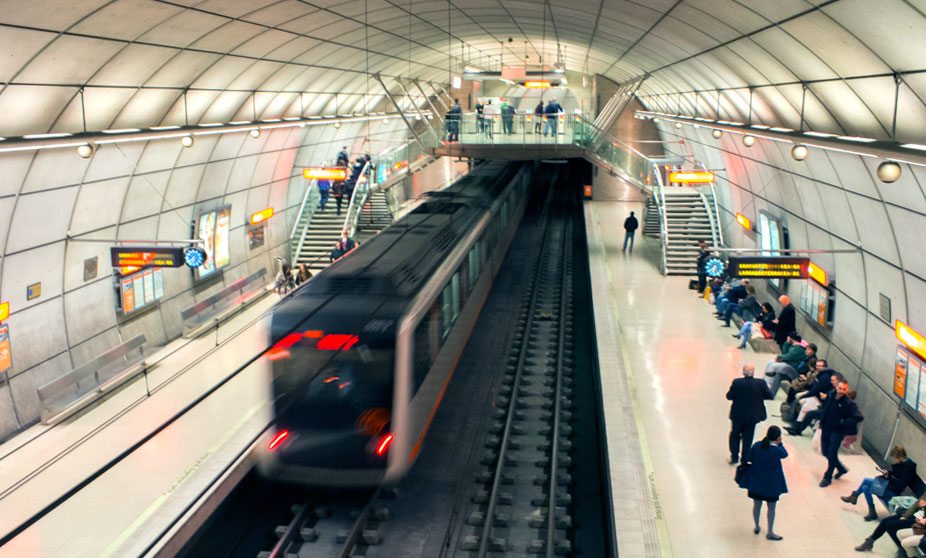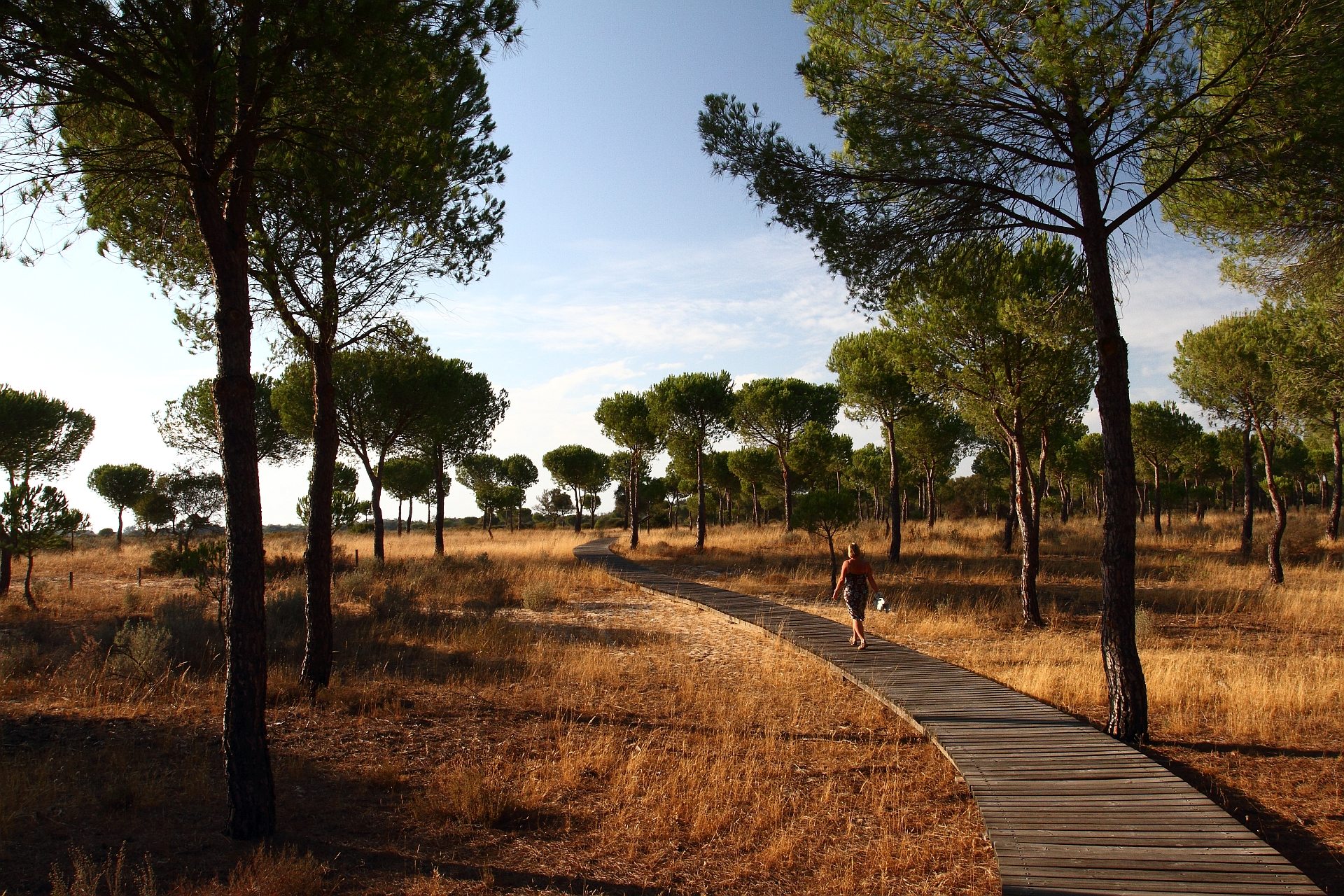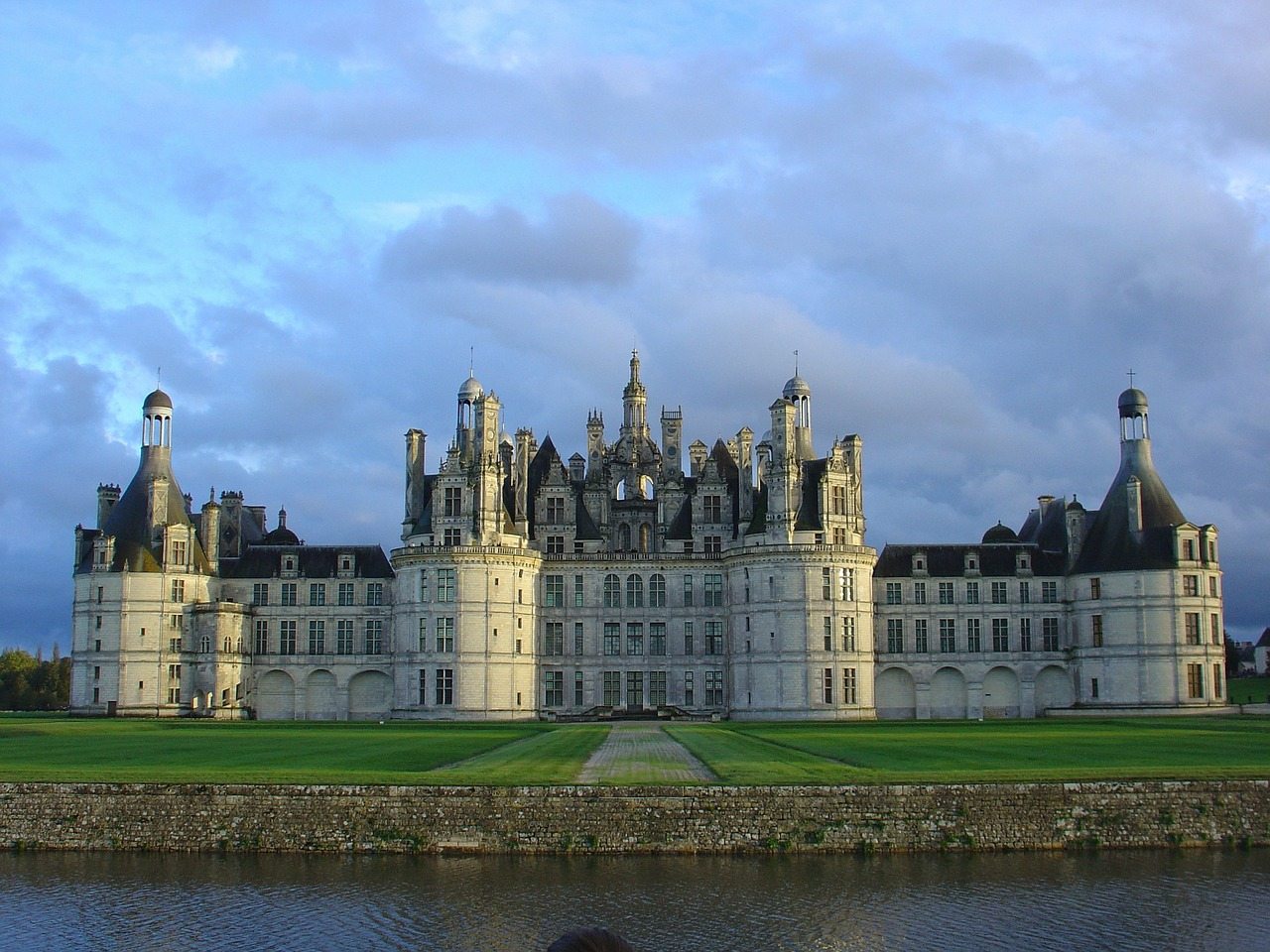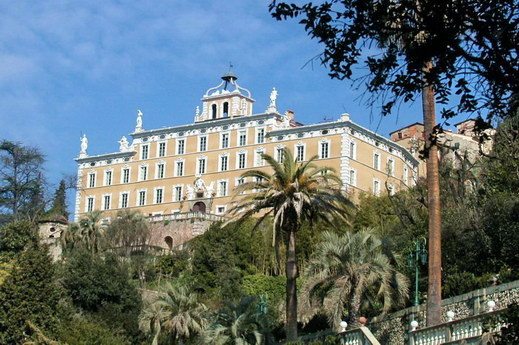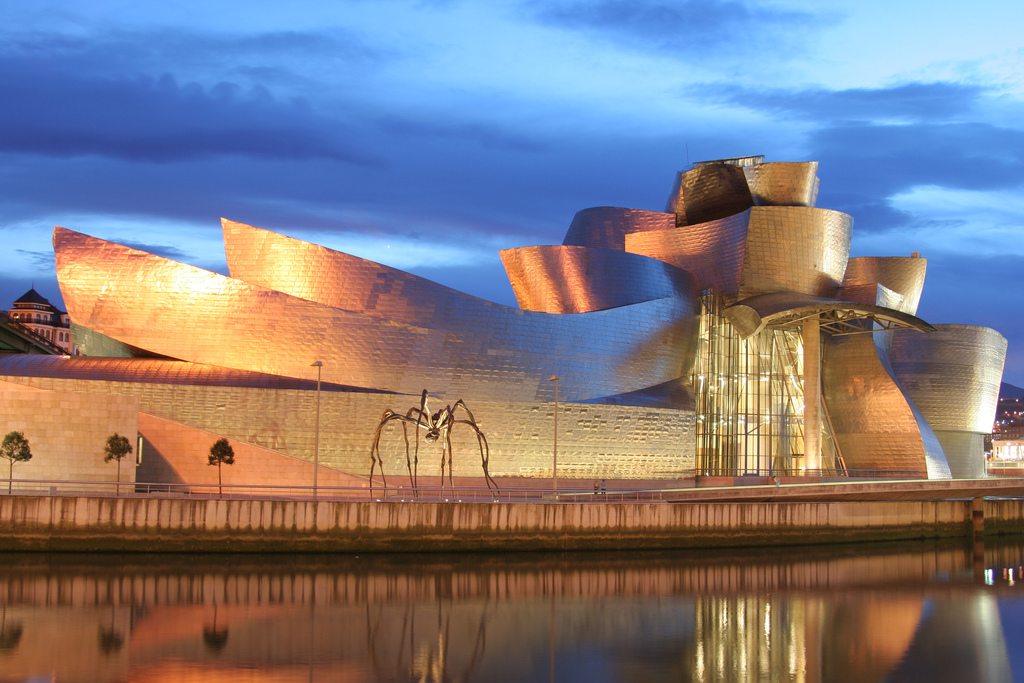
The Bilbao Effect
Bilbao, located in the Basque Country of northern Spain, is a modern and cosmopolitan city that attracts people from all over. The main draw for visitors is the chance to check out the impressive Guggenheim Museum from architect Frank Gehry. The building is considered to be one of the most important structures of contemporary architecture in the world. However, apart from the Guggenheim, Bilbao has a huge wealth of contemporary architecture. Some of the biggest names in architecture today have left their mark on the city – from Santiago Calatrava to Sir Norman Foster, and soon Zaha Hadid.
But Bilbao has not always been such a mecca for great design. In fact, until about 30 years ago, the city was a polluted mess – the leftover from almost 100 years of industrialization. The need for giant industrial complexes and an ever expanding population meant that Bilbao was forced to construct some buildings that would later become eyesores.
Thankfully, in the late 1970’s, after the city had become too polluted and an economic crisis had arrived, it was realized that something needed to change and the slow process of deindustrialization began. Not only were many of the industrial complexes torn down but there were also investments made to the city’s infrastructure and its urban renewal.
This incredible transformation process that the city has undergone, occurred primarily during the 1990’s and it culminated with the inauguration of the Guggenheim Museum in 1997. Bilbao’s journey to rebirth has been so influential that a term has even been coined for it – The Bilbao Effect – an effect that many cities around the world would like to imitate.
In order to reinvent the city, Bilbao has invited famous architects and designers from all over the world. One of the first big projects to take shape was the metro system designed by Sir Norman Foster. After more than 7 years of construction, the metro was inaugurated in 1995. Built mainly from concrete, steel and glass, the stylish metro of Bilbao is timeless and somehow futuristic at the same time.
The list of architectural highlights in Bilbao goes on and on. The Spanish architect Santiago Calatrava designed the Zubizuri Bridge and the city’s airport, inaugurated in 1997 and 2000 respectively. The Euskalduna Palace, designed by Spanish architects Federico Soriano and Dolores Palacios, opened its doors in 1999 and has since become the city’s main stage for theater and concerts. The palace is located just a few minutes walk down the river from the Guggenheim Museum and is in the same location where the famous Euskalduna Shipyard once stood. The new Euskalduna building was conceived to look like a ship in constant renovation, emerging from a dike. And just like the Guggenheim, the Euskalduna Palace pays homage to Bilbao’s industrial past – something that the city is still very proud of.
However, Bilbao isn’t a city with only brilliant contemporary architecture. The wealth that the city accumulated over the years can still be seen in some rather extravagant buildings. Some good examples are the Campos Elíseos Theater, the Ribera Market, and the Arriaga Theater as well as the charming original seven streets in the old town.
Bilbao has done an outstanding job reinventing itself, adding new architectural jewels to its landscape while maintaining the old ones, but also combining old and new. If there is a good example of that combination, it would have to be the Alhondiga. Built as the city’s wine warehouse in 1909, it eventually fell into disuse and was abandoned in the 1970’s. About 20 years later, French designer Philippe Starck arrived to save the day and took care of every detail of the renovation process. Today, only the façade of this cultural and leisure space is original, contrasting with a contemporary interior that is held up by 43 columns, each with their own unique design and look.
The transformation of Bilbao isn’t over yet. The city continues evolving and new projects keep taking shape. One of the last finished projects (2014) was the reconstruction of the local soccer stadium, San Mames. The next big project will see star architect Zaha Hadid working on the re-urbanization of the Zorrozaure peninsula – another area next to the former industrial heart. What will come after that? Who knows. But what is for sure is that Bilbao has found a recipe for success and it looks like the “Bilbao Effect” will continue on.
For more Bilbao information, visit Euskoguide.



